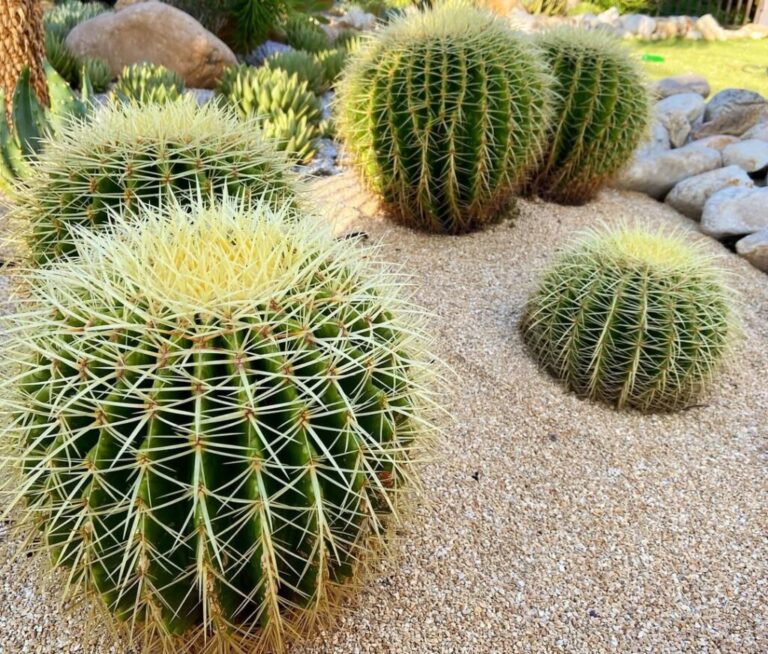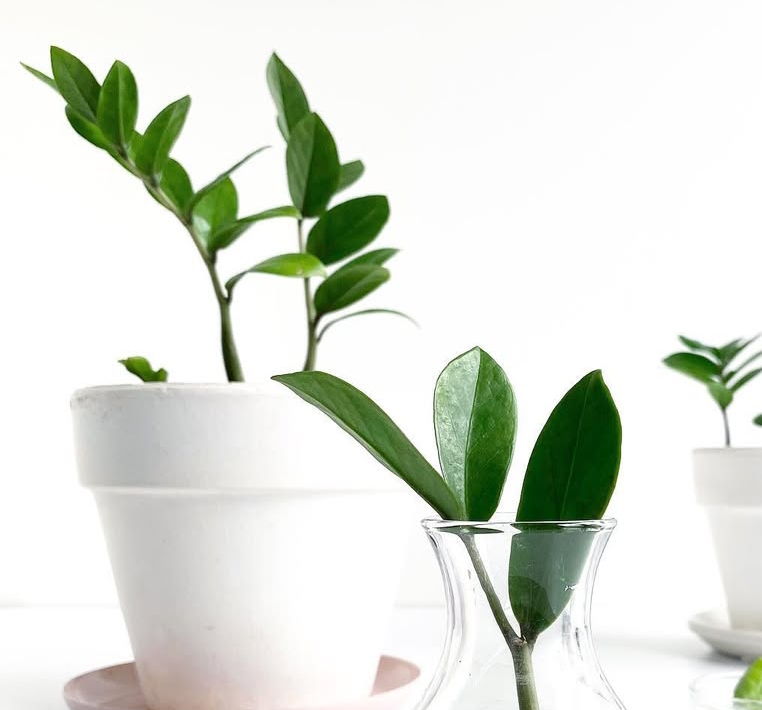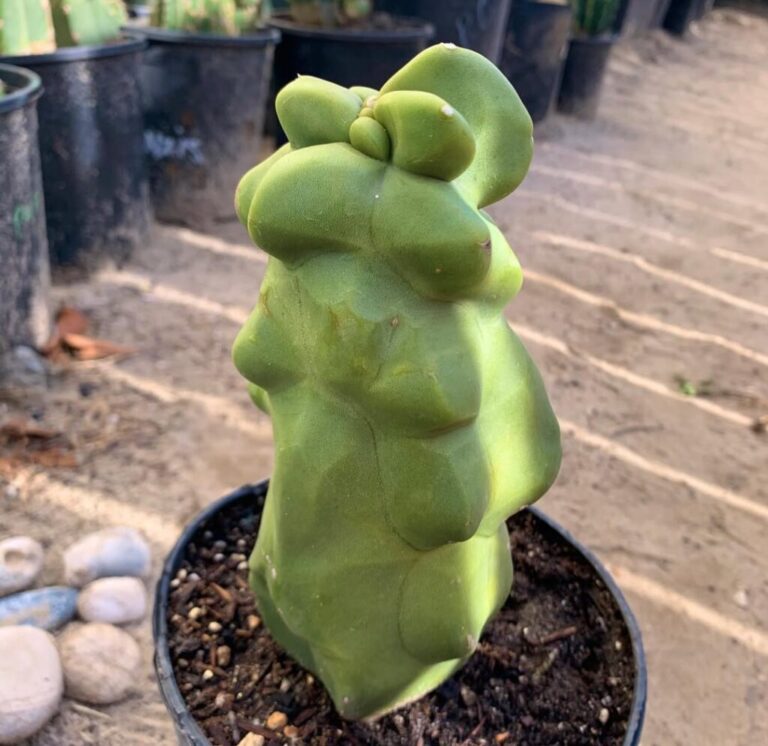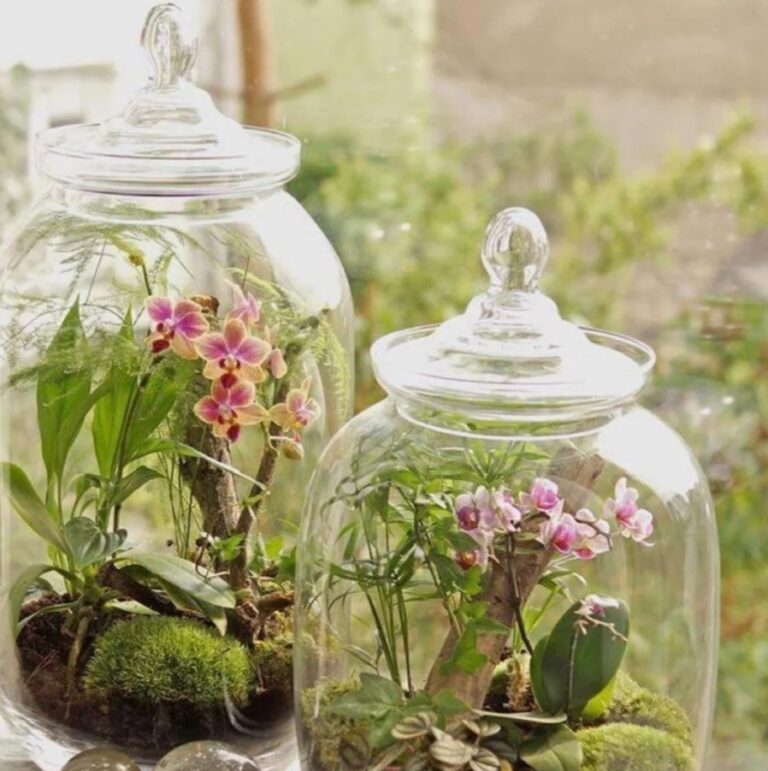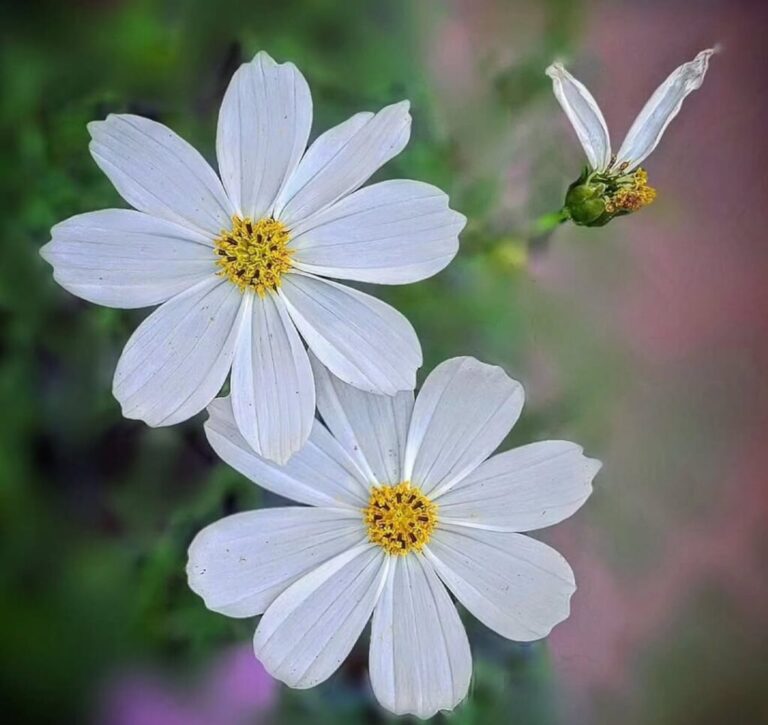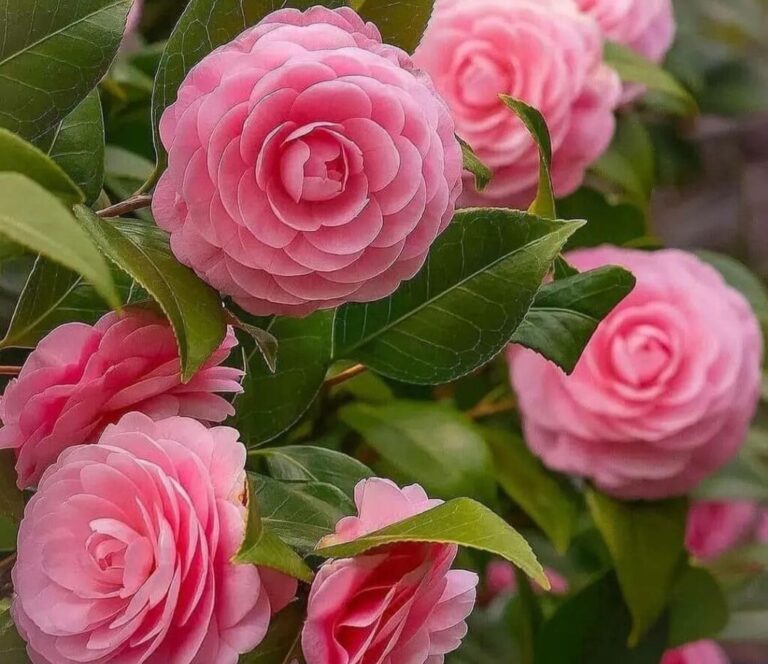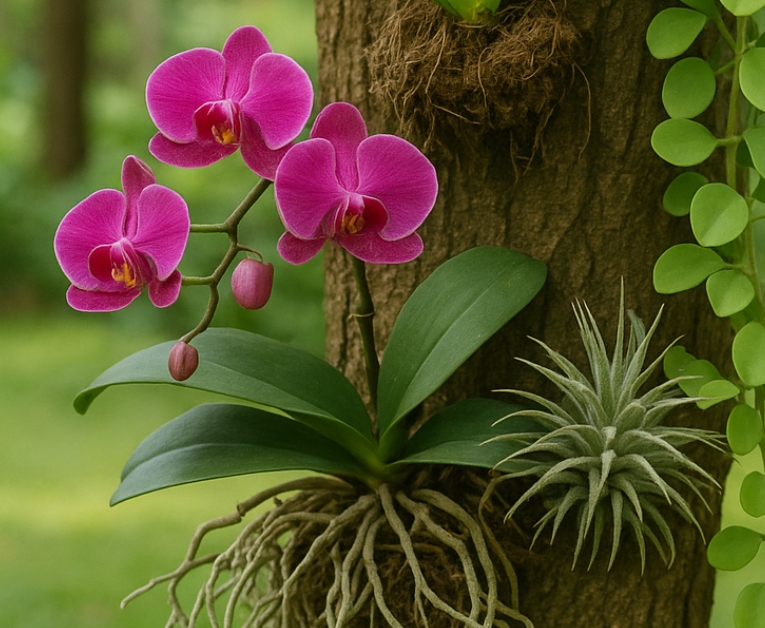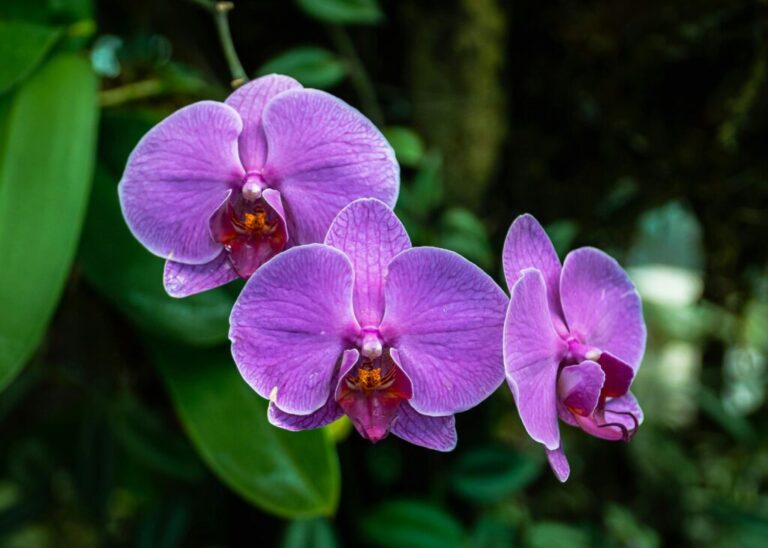
7 Tips for Growing and Caring for Rebutia Cactus
There are over 50 species of cacti from the Rebutia genus, and all of them are native to South America, where they grow in wild desert areas. While these plants may not seem like the most attractive to many home gardeners, they’re actually great additions to any plant collection with the right care and attention paid to them. With proper growth conditions, you can easily grow your own beautiful Rebutia cactus plants in your home garden or indoors on a sunny windowsill. These tips will help you get started with growing your own Rebutia in no time!
If you’re in the market to purchase a cactus and are curious about how to grow and care for Rebutia cactus, then you’re in the right place! Rebutia cactus are native to Uruguay, Argentina, Paraguay and Brazil, and some even cal
due to its lush and vibrant red blooms that pop up sporadically throughout the year. The most common misconception about Rebutia cactus is that they do not need much water or attention, but this couldn’t be further from the truth!
Some of the simplest cacti to grow are rebutias. Here are some suggestions on how to take care of this lovely plant if you want to start your own nursery or add it to your collection.
1) Catching light
There are many different cacti species, but one of the most common is Rebutia. These plants are native to South America, Central America and Mexico. A member of the cactus family, these plants grow in dense clusters with a variety of colors such as yellow, orange, red, purple or brown. There is also a wide range in shapes from spherical to columnar.
Rebutias thrive in hot and dry environments, which makes them an excellent choice for the indoors during winter months.
2) Humidity
With the proper care, your cacti will be able to grow strong and healthy. They should be watered weekly by submerging the pot in a sink or bathtub of water until it drains. You can also spray them with a fine mist or even use a humidifier in the room where they are located.
You should also avoid placing them near heat sources like windows, fireplaces, or radiators as this may cause their leaves to dry out quickly.
3) Watering
Watering your cactus is not too complicated. Allow the soil to dry out a little before you water, then water thoroughly so that the water penetrates to the bottom of the pot. Be careful not to over-water your plant as this can cause root rot. If you notice any brown or black spots on the plant, this could be an indication of root rot and you should cut back on watering.
4) Temperature
Rebutias are very tolerant of cold weather, however, they prefer temperatures in the 60s. The best time to plant them is late winter or early spring. They require lots of light and good drainage, so make sure they’re planted in a sunny spot that doesn’t sit in water. Keep the soil moist, but don’t over-water or overwater them; this will cause the roots to rot. Repot once every 2-3 years with fresh potting soil.
5) Soil
Soil is the most important part of your cacti’s environment. It supplies nutrients, water, and a place for roots to grow. There are many different types of soil you can use: potting soil, coconut coir, peat moss, perlite, vermiculite.
6) Succulent soil or cactus mix?
Succulent soil is the best choice. The soil should be nutrient-rich, well-drained, and free from weeds or disease. You can also purchase cactus mix at your local garden center that contains a variety of ingredients including sand, gravel, peat moss, vermiculite, perlite, and dolomitic lime.
7) The right container
Re-potting is a necessary part of caring for your cactus, but it’s not the only thing you can do to help make sure it stays healthy. For instance, it’s important to give them an appropriate container that provides the right type of environment. Here are a few things to keep in mind:
What size should the container be?
The size of the container is determine how large your cactus has grown
pest and deseases
It is important to know that there are some pests and diseases that can affect cacti. The most common pest found on cacti is mealybugs. They are small bugs that attach themselves to the plant, sucking the sap from it. They will leave behind a white cottony substance called honeydew. This honeydew will in turn attract ants who then protect the mealybugs from predators by attacking any animal or person who gets too close to them.
you might also like this
https://en.m.wikipedia.org/wiki/Rebutia
https://www.gardeningknowhow.com/ornamental/cacti-succulents/crown-cactus.htm
